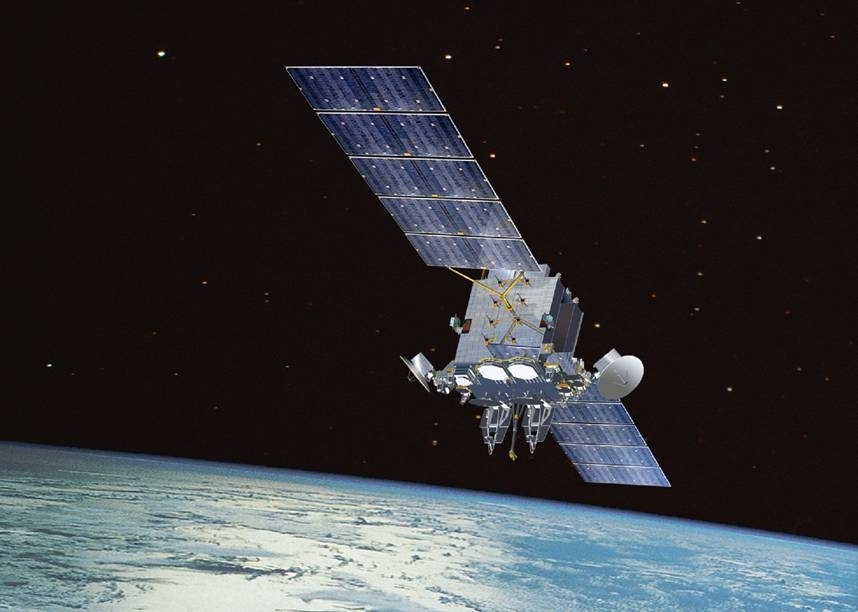
From the satellite, the surface area of Earth to which signals can be sent directly is called the broadcasting region of the satellite. For a geostationary satellite, the area on earth’s surface to which it can broadcast signals will remain fixed as the satellite appears stationary with respect to earth at a fixed altitude. If a satellite is revolving around the earth’s surface, it will be able to cover more area. An analysis of this can be done by using the concept of solid angle. Watch the video below for this:
The time by a Satellite in moving from one point to another: When a satellite is not in a parking orbit, it appears to be travelling, from any point on the earth’s surface. Watch the Example Video below for a situation on time calculation of a satellite in moving from a position one point to another on earth’s surface.
Maximum Broadcasting latitude by a Geostationary Satellite: A geostationary satellite is always in the equatorial plane of earth, and if we draw tangents earth’s surface from this satellite, the boundary of a region is obtained in which the satellite can broadcast its signals. Watch the Example Video below for of such a situation.
Time calculation of two satellites at nearest positions: When two satellites are orbiting around the earth in the same plane there are periodic instances when the two satellites get closest to each other. To find the time duration and the analysis of such a situation, watch the example video given below: